Leather Welder Gloves
Choosing a suitable welding glove can make an enormous difference in the ability, speed, and safety of your welding applications. Professional welders look for balance, flexibility, and protection when reviewing a welding glove. Liberty Safety's line of premium welding protective gloves are made to withstand your industry's conditions. Using only versatile premium leather, it's hand protection that will hold up to the demands of specialized trade professionals.
Choosing a suitable welding glove can make an enormous difference in the ability, speed, and safety of your welding applications. Professional welders look for balance, flexibility, and protection when reviewing a welding glove.
Liberty Safety’s line of premium welding protective gloves are made to withstand your industry’s conditions. Using only versatile premium leather, it’s hand protection that will hold up to the demands of specialized trade professionals.
Showing 1–20 of 22 results
-
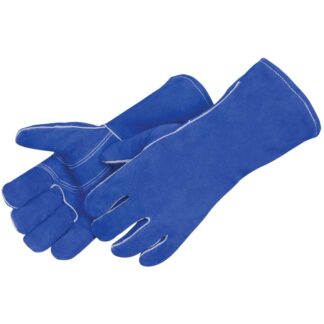 7354
7354Leather Welder Gloves
Blue Premium Select Shoulder Cowhide Welder
-
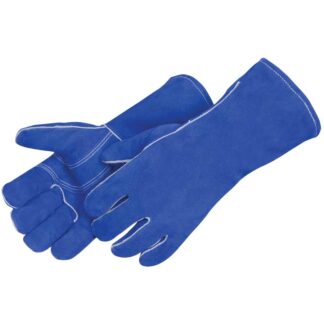 7344
7344Leather Welder Gloves
Blue Premium Side Split Cowhide Welder
-
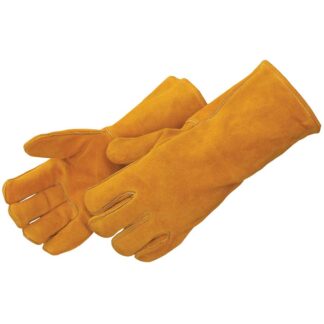 7650A
7650ALeather Welder Gloves
Bourbon Brown Premium Grain Cowhide Welder
-
 7654
7654Leather Welder Gloves
Bourbon Brown Premium Grain Cowhide Welder
-
 7644
7644Leather Welder Gloves
Bourbon Brown Premium Side Split Welder
-
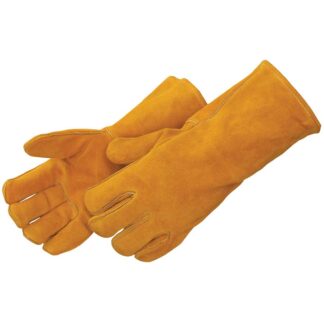 7670
7670Leather Welder Gloves
Bourbon Brown Standard Grain Cowhide Welder
-
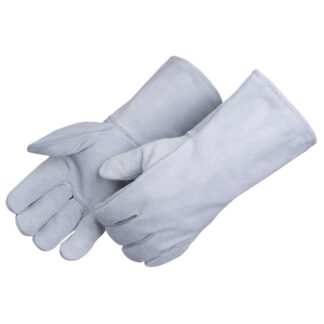 7250
7250Leather Welder Gloves
Gray Premium Select Shoulder Cowhide Welder
-
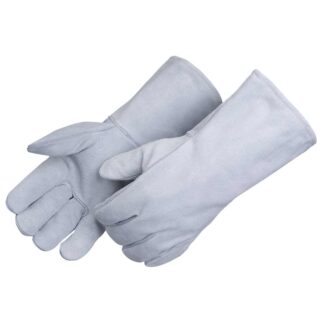 E7270
E7270Leather Welder Gloves
Gray Standard Grain Cowhide Welder
-
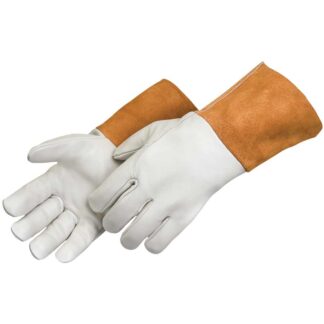 7114
7114Leather Welder Gloves
Premium Grain Cowhide MIG Welder
-
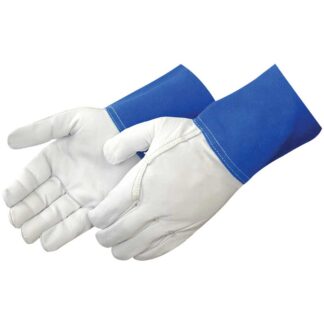 7814
7814Leather Welder Gloves
Premium Grain Goatskin TIG Welder
-
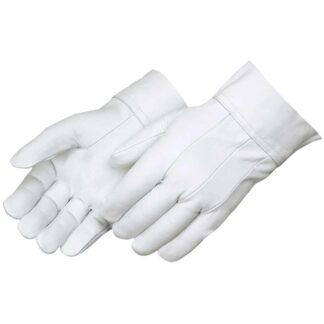 7810
7810Leather Welder Gloves
Premium Grain Goatskin TIG Welder
-
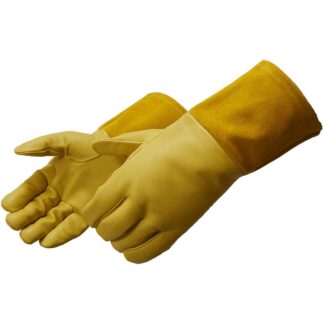 7732
7732Leather Welder Gloves
Premium Grain Golden Pigskin TIG Welder
-
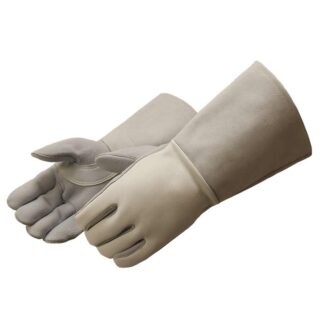 7975
7975Leather Welder Gloves
Premium Grain Pearl Elkskin Stick Welder
-
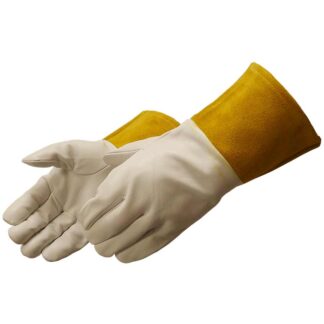 7804A
7804ALeather Welder Gloves
Premium Grain Pearl Kidskin TIG Welder
-
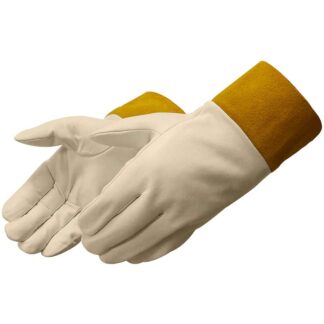 7800A
7800ALeather Welder Gloves
Premium Grain Pearl Kidskin TIG Welder
-
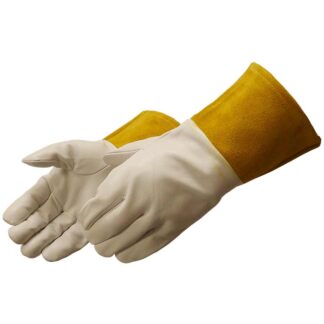 7804
7804Leather Welder Gloves
Premium Grain Pearl Kidskin TIG Welder - seamless forefinger
-
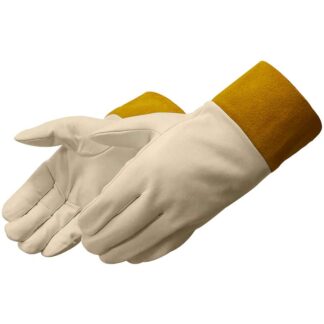 7800
7800Leather Welder Gloves
Premium Grain Pearl Kidskin TIG Welder - seamless forefinger
-
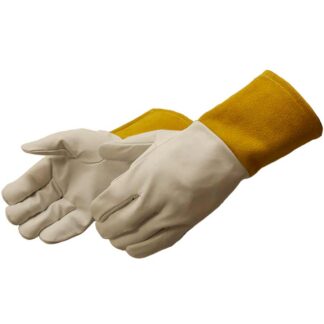 7730
7730Leather Welder Gloves
Premium Grain Pearl Pigskin TIG Welder
-
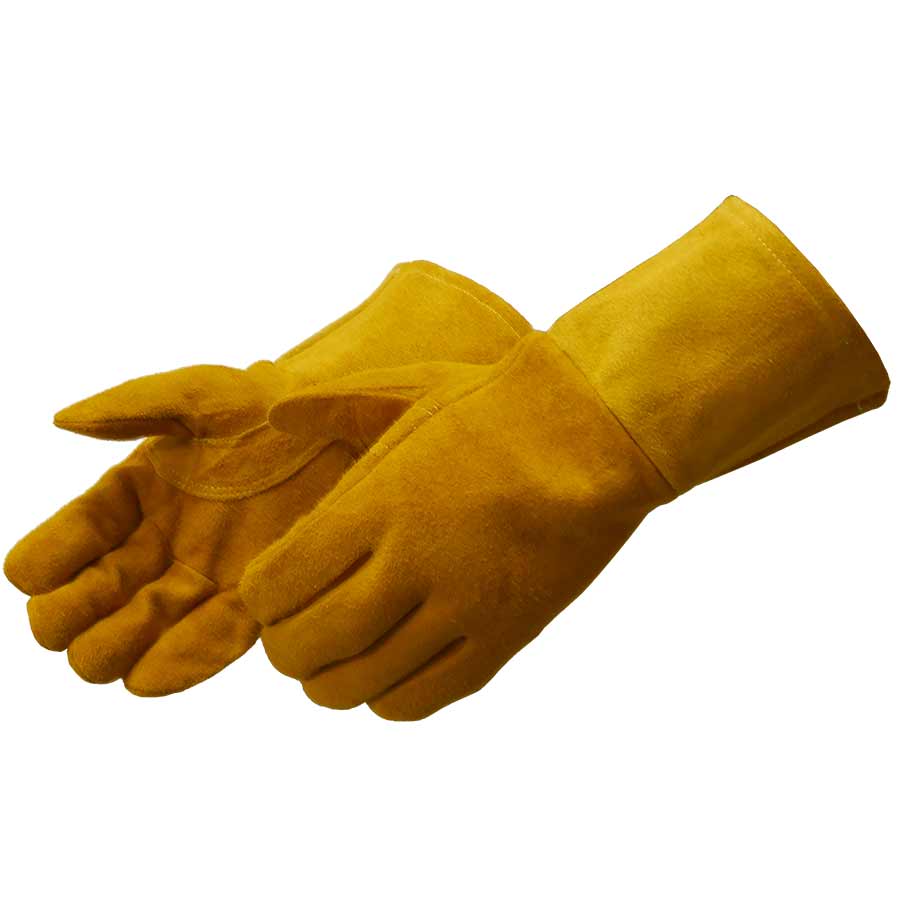 7935
7935Leather Welder Gloves
Premium Reverse Golden Deerskin MIG Welder
-
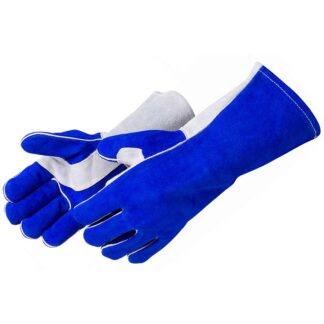 7324
7324Leather Welder Gloves
Premium Side Split Blue /Gray Cowhide Welder
FAQ
There are three standard welding processes: stick, MIG, and TIG. Each method has benefits and limitations. MIG and TIG welding uses lower heat. Stick welding uses a much higher temperature.
No matter the process, welding gloves should offer an appropriate amount of heat protection vs. agility and comfort to help reduce a welder’s hand fatigue.
TIG Welding Gloves
These leathers provide superior movement ability for the precise movements needed for a TIG torch. A thin, pliable material like goatskin is preferred. Some extra padding on the fingers may also be desirable for further protection from any hot surfaces, as well as heat-resistant Kevlar® thread and some cushioned lining.
MIG Welding Gloves
MIG is a process that creates a higher degree of heat and spatter. Therefore, top-grain goatskin, cowhide, and deerskin are good choices for these types of welding gloves. MIG welders also often prefer a thicker glove for added safety. deerskin is another leather option because of its flexibility and adaptability to mold to your hand.
Stick Welding Gloves
For stick welding, a welder looks for a thicker leather cut like pigskin or goatskin. Flexibility isn’t as crucial with stick welding because it’s a reasonably straightforward process. However, the glove’s thickness is essential because stick welding deals with very high temperatures and creates the most spark of any of the other welding processes.
Welding gloves can vary in price, depending on the glove’s specific components, particularly the choice of leather used in its design.
The location and cut of the leather also is a consideration. Thick hides need to be cut in two when used to make gloves. The result is two variations of the leather used.
- Split leather is the bottom part of the split and offers high abrasion resistance and flexibility.
- Grain leather is the upper part of the split and offers the same benefits but with a smoother, more aesthetically pleasing appearance.
The animal types used to make the leather for welding gloves each have properties affecting their performance and use too.
The American Welding Society recommends various types of leather provide the following advantages and disadvantages:
Cowhide
Many MIG welding gloves are made from top-grain cowhide or cow skin. Cowhide provides heat and flame resistance, is durable, and works well when welding at high temperatures. It’s known to add balance and durability, along with having dexterity, abrasion resistance, and comfort.
Deerskin
Thicker deerskin is good for resisting high temperatures, and it forms in your hand over time, making it a very comfortable option.
Pigskin
It is a thinner material. Pigskin gloves are more oil and weather-resistant but are not as known for heat resistance.
Goatskin
Most TIG welders choose goatskin for their gloves because they are light and offer a lot of dexterity. They are oil and weather-resistant while providing the flexibility required to pick up filler metal rods and feed them easily.
ANSI Z49.1 requires all welders to wear protective flame-resistant gloves. ANSI recommends caring for your gloves and inspecting them after use when around hazards that could compromise your glove’s effectiveness. This includes mechanical or thermal hazards.
Mechanical hazards may cause cuts, scrapes, tears, and punctures, which could result in damage to your gloves’ materials. Thermal hazards and electrical hazards are also a danger to the quality of your gloves. A thorough inspection after use is always recommended.
For the best protection, your gloves should be:
- Dry and moisture resistant
- In good condition, no holes, or tears
- Flame resistant
- Comfortable–proper fit and size
- Electrically and thermally insulated to suit the process
- Flexible–allow easy movement and a full range of motion
- Made with appropriate materials, seams, and edges depending on application
- Durable, rugged, and long-lasting
- Cut, scrape, tear, and puncture-resistant
When you work in welding, you need to be able to work in confidence. There are many different styles of gloves that can offer you that. Some protect only the fingers and palms, while others protect the entire hand. Others protect not only the wrist but also the forearm as well.
You can buy gloves with various materials, such as leather, cotton, wool, etc. Because there is such a variety of applications within welding, just one pair of gloves may not be enough. By having several styles, you’ll be sure to have the best fit and type for the job.
Prop 65
WARNING: This product can expose you to Chromium (Hexavalent Compounds) which is known to the State of California to cause cancer and birth defects or other reproductive harm. For more information go to www.P65Warnings.ca.gov
Showing 1–20 of 22 results
